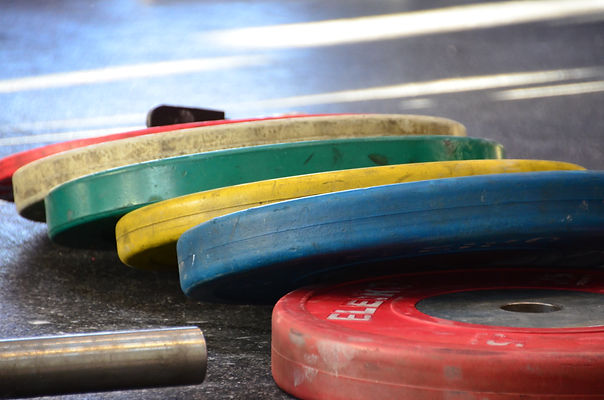3 Essential Training Tactics for Offensive Linemen
- Dave McDowell
- Jun 8, 2016
- 1 min read
The offensive line is the lifeblood of every football team, but let’s face it, the big guys up front rarely get any glory. For the most part, playing on the offensive line is a thankless and gritty job. It’s an all-encompassing position because the modern offensive lineman is expected to be big, quick and strong.
Consequently, an offensive lineman workout should train all of these attributes. Gone are the days when linemen could just be bigger than their opponents and still get the job done. Let’s look at some training considerations to prepare today’s offensive linemen to have their best season ever.
Size
An athlete cannot do much about his height, but he can control his weight. Proper training can increase an athlete’s functional weight, which refers to muscle mass. Functional weight does not imply a cheeseburger diet, but rather a high-protein and nutritious diet paired with purposeful weight training. The hard-earned 10 pounds from the latter will be much more functional and will directly impact an offensive lineman’s ability to outperform his opponent. Adding fat is not adding functional weight.
Here are some guidelines to help offensive linemen gain muscle:
Train hard and consistently.
Get as many hours of sleep as possible each night (8 is the minimum).
Eat a diet rich in protein, carbohydrates, fruits and vegetables.
Use moderate to heavy weights when lifting.
Work to failure on accessory movements such as Push-Ups, Lat Pulldowns, Split Squats, Lunges, Curls and tricep exercises
Get stronger at main barbell lifts, including Squats, Deadlifts, Bench Press, Rows and Overhead Presses—and avoid failure.









Comments